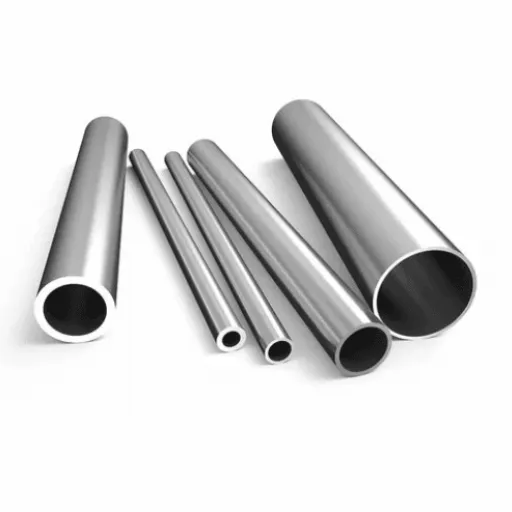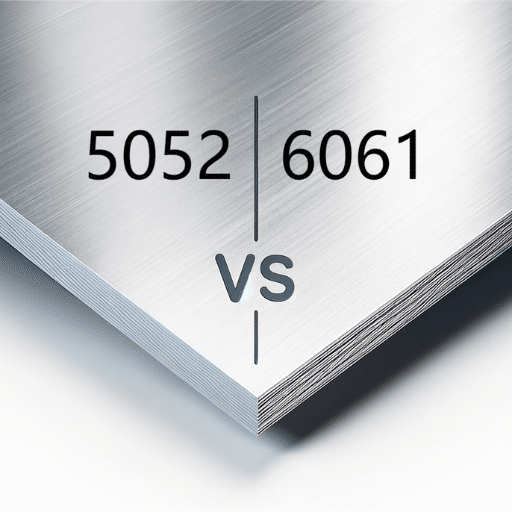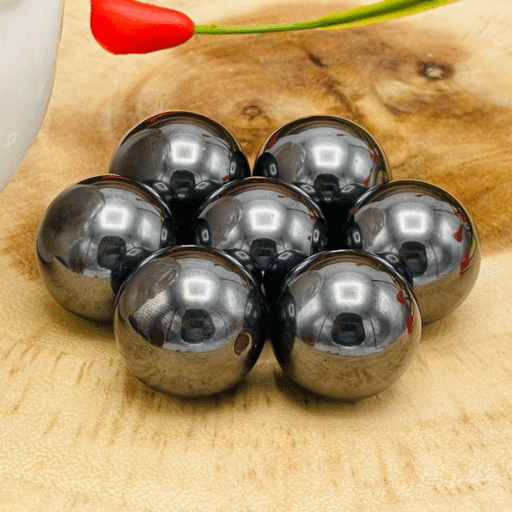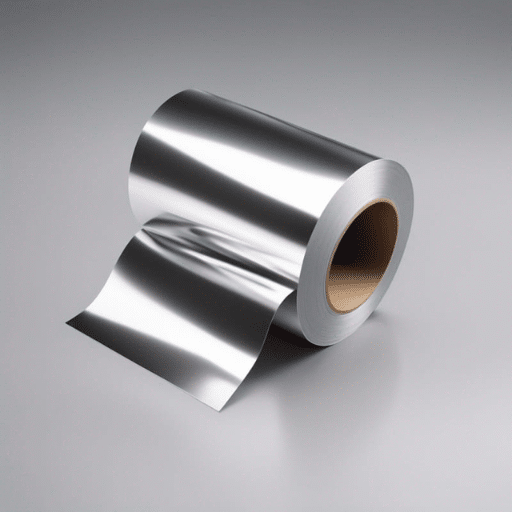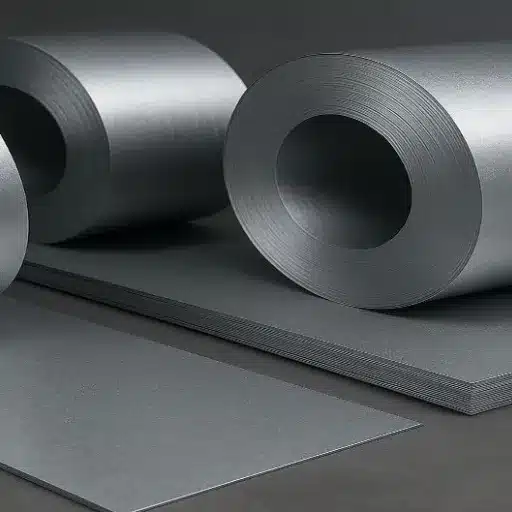Key Takeaway: When it comes to stainless steel grades, 304 and 316 are among the most commonly used, but they serve different purposes. While they may look identical, choosing the wrong grade could mean the difference between project success and costly failure in iron and steel metal engineering applications.
Overview of Stainless Steels
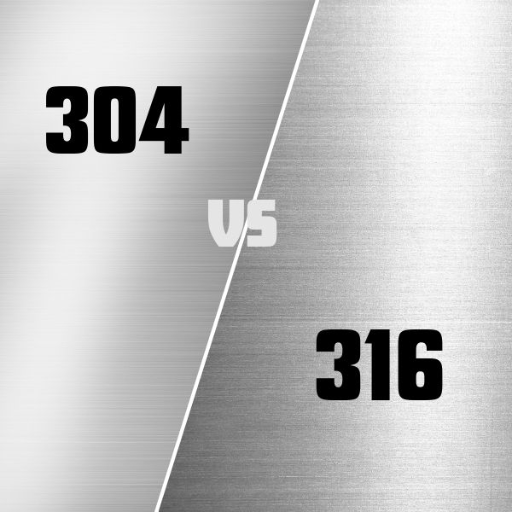
Stainless steels are iron-based alloys designed for structural and environmental applications. The most crucial functional element in these alloys is chromium, which protects the steel against corrosion by creating a protective coating over the material. Used extensively in construction, automotive applications, and many other industries, stainless steels offer excellent tensile strength, impact resistance, and versatility across various applications.
These materials are classified into different families based on their compositions, with 304 and 316 being among the most common grades. While Grade 304 serves as the standard for general applications, Grade 316 contains molybdenum that enhances its corrosion resistance, making it suitable for aggressive environments such as seawater and chemical processing.
What are Stainless Steels?
Stainless steels are a class of iron-based alloys distinguished by their excellent resistance to corrosion, strength, and versatility. This corrosion resistance is achieved through the addition of chromium (typically above 10.5%), which creates a protective oxide coating over the steel’s surface, preventing rusting and deterioration.
Additional Elements: Other elements such as nickel, molybdenum, and manganese may be incorporated to enhance specific characteristics like strength, toughness, or performance in high-temperature or chemical environments.
There is high demand for stainless steels across multiple industries including construction, healthcare, automotive, and food processing due to their hygienic nature, ease of cleaning, and attractive finish.
Common Applications of Stainless Steels
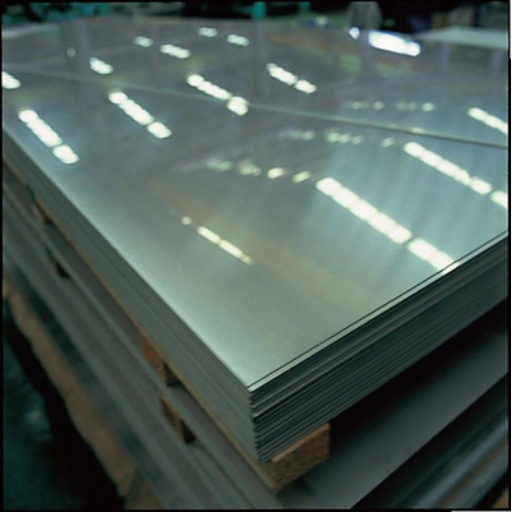
Construction and Architecture
- Steel bridges and building structures due to intense strength and longevity
- Building cladding, roofing, and main structural supports
- Architectural features requiring low-maintenance, attractive finishes
- Famous example: The Chrysler Building in New York showcases stainless steel design
Medical and Healthcare Equipment
- Surgical instruments and medical devices requiring sterile environments
- Equipment that maintains contact with body fluids safely
- Tools that withstand repeated sterilization processes
- Grade 316 particularly favored for its superior biocompatibility
Food and Beverage Industry
- Food processing machinery and equipment
- Storage tanks, conveyor belts, and cutlery items
- Non-reactive surfaces for food contact applications
- High-temperature cleaning capabilities while maintaining hygiene standards
Automotive and Transportation
- Exhaust pipes, trims, and structural components
- Parts requiring durability and corrosion resistance
- Railway and aerospace industry applications
- Components exposed to various weather conditions
Energy and Power Generation
- Wind, solar, and nuclear power plant components
- Pipelines, heat exchangers, and offshore platforms
- Equipment requiring resistance to pressure, high temperature, and corrosion
- Marine vs. freshwater applications determine grade selection
Importance of Choosing the Right Grade
Critical Decision: Selecting the appropriate grade of stainless steel is paramount for project durability and efficiency. The wrong choice can lead to premature material failure and costly maintenance.
The choice between 304 and 316 often depends on the intended application and environmental conditions:
- Grade 316: Preferred for marine or saltwater environments due to superior chloride corrosion resistance from molybdenum content
- Grade 304: Less expensive and suited for general-purpose applications with minimal chloride or harsh chemical exposure
An informed choice significantly reduces risks of material failure and maintenance costs, leading to improved cost efficiency and environmental suitability.
Key Differences Between 304 and 316 Stainless Steel
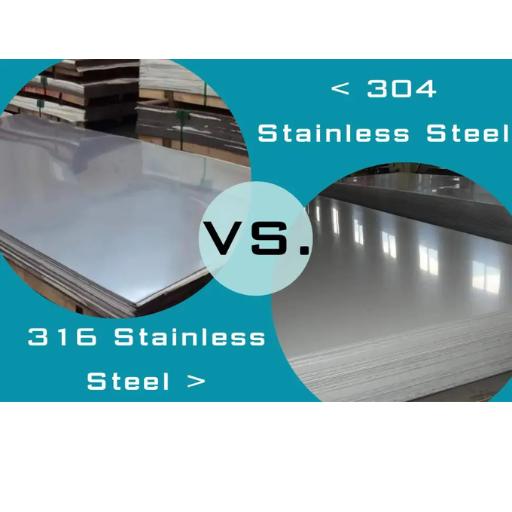
| Characteristic | Grade 304 | Grade 316 |
|---|---|---|
| Molybdenum Content | None | 2-3% |
| Cost | Lower Cost | 20-40% Higher |
| Corrosion Resistance | Good for general use | Superior, especially against chlorides |
| Environment Suitability | Mild, non-marine conditions | Marine, chemical, aggressive environments |
| Pitting Resistance | Standard | Enhanced |
| Applications | Kitchen appliances, general construction | Medical devices, marine equipment, chemical processing |
Chemical Composition: Chromium and Molybdenum
Chromium: The Foundation of Corrosion Resistance
Chromium is the key alloying element that gives stainless steel its corrosion-resistant properties. It forms a stable, adherent oxide layer known as the passive layer, which provides excellent protection against oxidation and environmental attack.
Minimum Requirement: Stainless steel must contain at least 10.5% chromium, with higher amounts providing even better corrosion resistance.
Molybdenum: Enhanced Protection
Molybdenum is added to stainless steel to increase strength and resistance to pitting and crevice corrosion, especially in chloride-containing environments like seawater. Grade 316 contains 2-3% molybdenum specifically to improve durability and performance in aggressive conditions.
The combination of chromium and molybdenum creates a protective coating that ensures long-term material protection in demanding applications such as:
- Chemical processing equipment
- Marine environments
- Medical equipment manufacturing
Detailed Performance Comparison

Corrosion Resistance Analysis
Grade 316 stainless steel demonstrates superior corrosion resistance compared to Grade 304, particularly when exposed to chlorides and other aggressive environments. The 2-3% molybdenum content in Grade 316 provides:
- Enhanced resistance to pitting corrosion
- Improved crevice corrosion resistance
- Better performance in marine environments
- Superior chemical processing capabilities
- Excellent performance in high salinity conditions
Grade 304, while less expensive, offers standard corrosion resistance suitable for applications with minimal harsh chemical or salt exposure.
Tensile Strength and Durability
Both grades offer comparable tensile strength, with Grade 304 providing reliable structural performance for general applications. However, Grade 316’s enhanced composition enables:
- Stronger structural integrity in demanding conditions
- Better performance in outdoor environments
- Superior longevity in industrial applications
- Enhanced resistance to stress corrosion cracking
Cost-Effectiveness Analysis
| Factor | Grade 304 | Grade 316 |
|---|---|---|
| Initial Cost | Lower (baseline) | 20-40% higher |
| Maintenance Requirements | Standard in mild environments | Minimal in harsh environments |
| Lifespan | Good in appropriate conditions | Extended in aggressive environments |
| Replacement Frequency | Higher in corrosive environments | Lower overall |
| Total Cost of Ownership | Lower for mild applications | Lower for harsh applications |
Performance in Various Environments
Marine and Coastal Applications
For boats, marine structures, and coastal installations requiring metal components that can withstand saltwater exposure, Grade 316 is strongly recommended due to its:
- Superior chloride resistance
- Enhanced pitting corrosion resistance
- Long-term durability under extreme conditions
- Reduced maintenance requirements
Automotive and Construction
For automotive trim, building construction, and applications where metal exposure to corrosive substances is minimal, Grade 304 provides:
- Cost-effective solution
- Adequate corrosion resistance for mild environments
- Excellent formability and weldability
- Attractive finish for architectural applications
Industry-Specific Applications
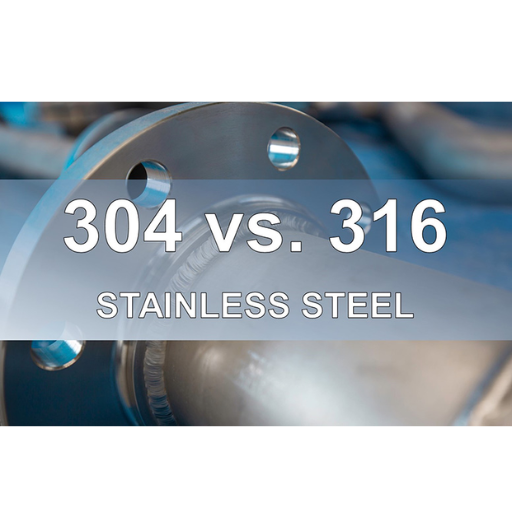
Industries Preferring Grade 304
Cost-Sensitive Applications: Grade 304 is prevalent in sectors where corrosion resistance is important but not critical, and cost-effectiveness is a primary concern.
- Food Service: Kitchen appliances, food processing equipment, sinks, countertops
- Architecture: Indoor architectural elements, decorative features
- Automotive: Trim components, non-critical structural parts
- General Manufacturing: Equipment housings, storage containers
Industries Preferring Grade 316
Critical Applications: Grade 316 is essential in industries where material failure could result in safety hazards, environmental damage, or significant economic losses.
- Marine Industry: All saltwater-exposed machinery and components
- Chemical Processing: Equipment handling acids, chlorides, and aggressive chemicals
- Pharmaceutical: Manufacturing equipment requiring high purity standards
- Healthcare: Surgical instruments, implantable devices
- Wastewater Treatment: Systems exposed to corrosive treatment chemicals
- Oil and Gas: Offshore platforms, refinery equipment
Selection Guidelines
Factors to Consider
When selecting between Grade 304 and 316 stainless steel, consider these critical factors:
| Consideration | Choose Grade 304 When… | Choose Grade 316 When… |
|---|---|---|
| Environment | Minimal corrosive exposure, indoor use | Marine, chemical, or aggressive environments |
| Budget | Cost is primary concern | Long-term value is prioritized |
| Maintenance | Regular maintenance is acceptable | Minimal maintenance is required |
| Durability Requirements | Standard lifespan expectations | Extended service life is critical |
| Safety Implications | Failure has minimal consequences | Failure could cause safety/environmental issues |
Long-Term Value and Maintenance
Recent market trends show increasing demand for Grade 316 stainless steel due to its long-term value proposition and reduced maintenance costs. Key advantages include:
- Reduced replacement frequency in harsh environments
- Lower total cost of ownership despite higher initial investment
- Minimal maintenance requirements
- Reliable return on investment for industrial applications
- Enhanced performance in high-salt and high-moisture conditions
References
-
Stainless Steel Grade Chart – Stanford University – Provides a detailed comparison of stainless steel grades, including corrosion resistance and applications.
-
Mechanical Properties of Types 304 and 316 Stainless Steel – UNT Digital Library – Reviews the mechanical properties and microstructures of 304 and 316 stainless steel under various conditions.
Frequently Asked Questions (FAQ)
What distinguishes 316 stainless steel from 304?
The primary difference between 304 and 316 stainless steels is the presence of molybdenum in 316. This element significantly improves corrosion resistance, particularly in chloride-containing environments, which 304 stainless steel lacks.
How does corrosion resistance differ in 304 and 316 stainless steels?
Corrosion resistance of 316 stainless steel is superior in 304 stainless steel. 316 stainless steel can resist chemicals and marine environments because of molybdenum while 304 stainless steel can only be used in less corrosive environments.
Is 316 stainless steel more expensive than 304?
Indeed, 316 stainless steel, because of molybdenum, is more expensive than 304 stainless steel. In addition to marine environments, molybdenum increases stainless steel’s application scope, especially in food processing equipment.
Which is better for food processing equipment, 304 or 316?
In food processing, 316 stainless steel is preferred as it has the best corrosion resistance and exposure to corrosive elements. On the other hand, 304 stainless steel is extensively used in the food industry due to its lower cost and adequate corrosion resistance.
Can you explain the properties of austenitic stainless steel in 304 and 316?
304 and 316 stainless steels belong to the austenitic class that requires an alloying combination of chromium and nickel and in doing so, are non-magnetic. 316 austenitic stainless steel is a molybdenum-bearing stainless steel and as such is more durable and corrosion resistant, especially in harsh environments when compared to 304 austenitic stainless steels.
What are the common applications of 304 and 316 stainless steel?
While 304 is commonly found in kitchen utensils, storage tanks, and piping systems, 316 is utilized in marine equipment, chemical processing, and pharmaceuticals, and other corrosive environments. Their use largely depends on the intended application.
How does the strength of 304 and 316 stainless steel compare?
Both 304 and 316 stainless steel offer good strength, but their mechanical properties are quite similar. The presence of molybdenum in 316 does not significantly enhance its strength compared to 304; however, 316 does provide better performance in terms of corrosion resistance, making it suitable for more demanding applications.
What should I consider when choosing between 304 and 316?
For 316 and 304 stainless steel, the environment where these materials will be used is significant. If it will be exposed to corrosive elements or marine conditions, then 316 stainless steel is preferred since it is corrosion resistant. For cases that pose no stringent requirements, 304 stainless steel is more inexpensive and hence suitable.

